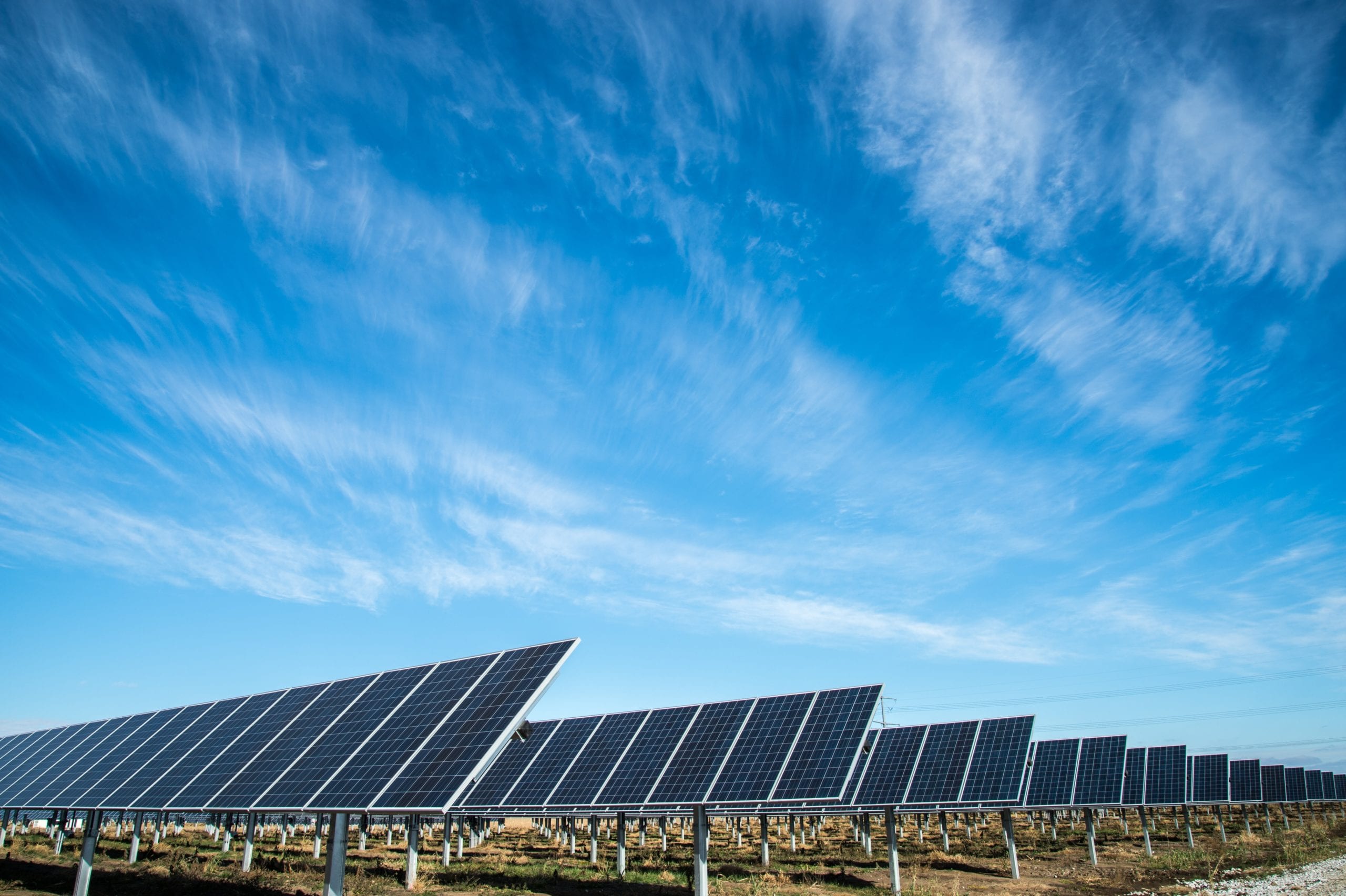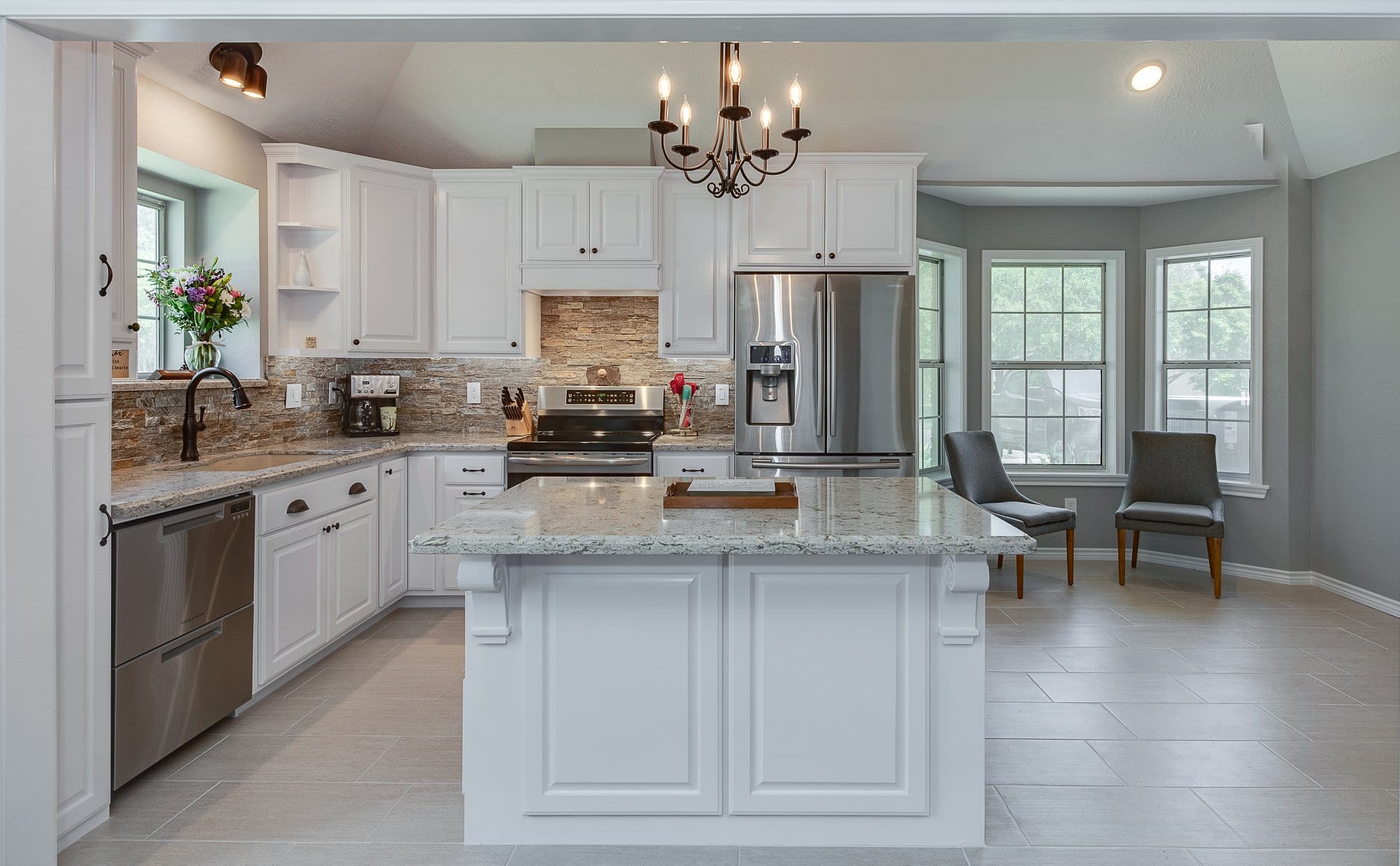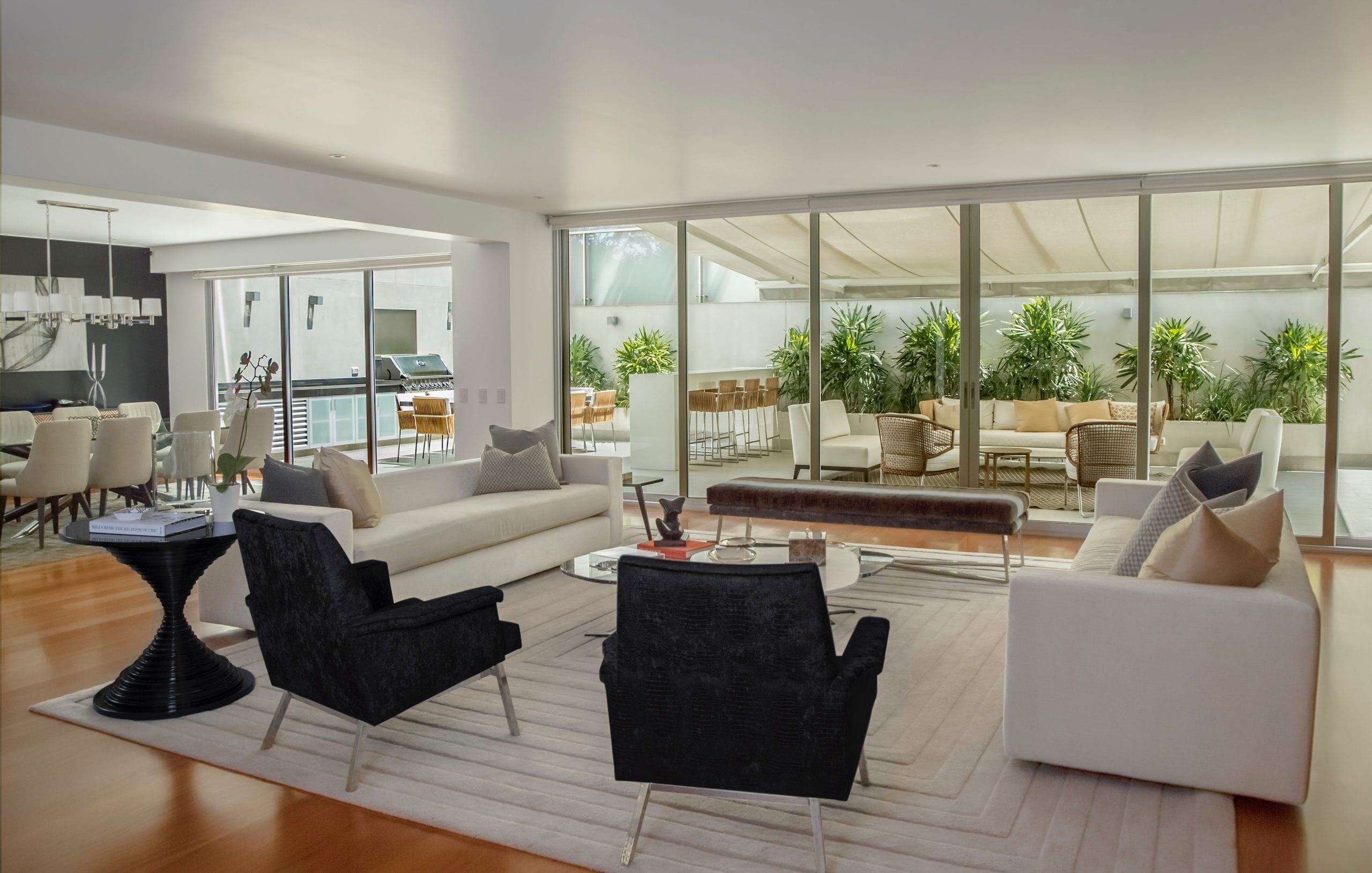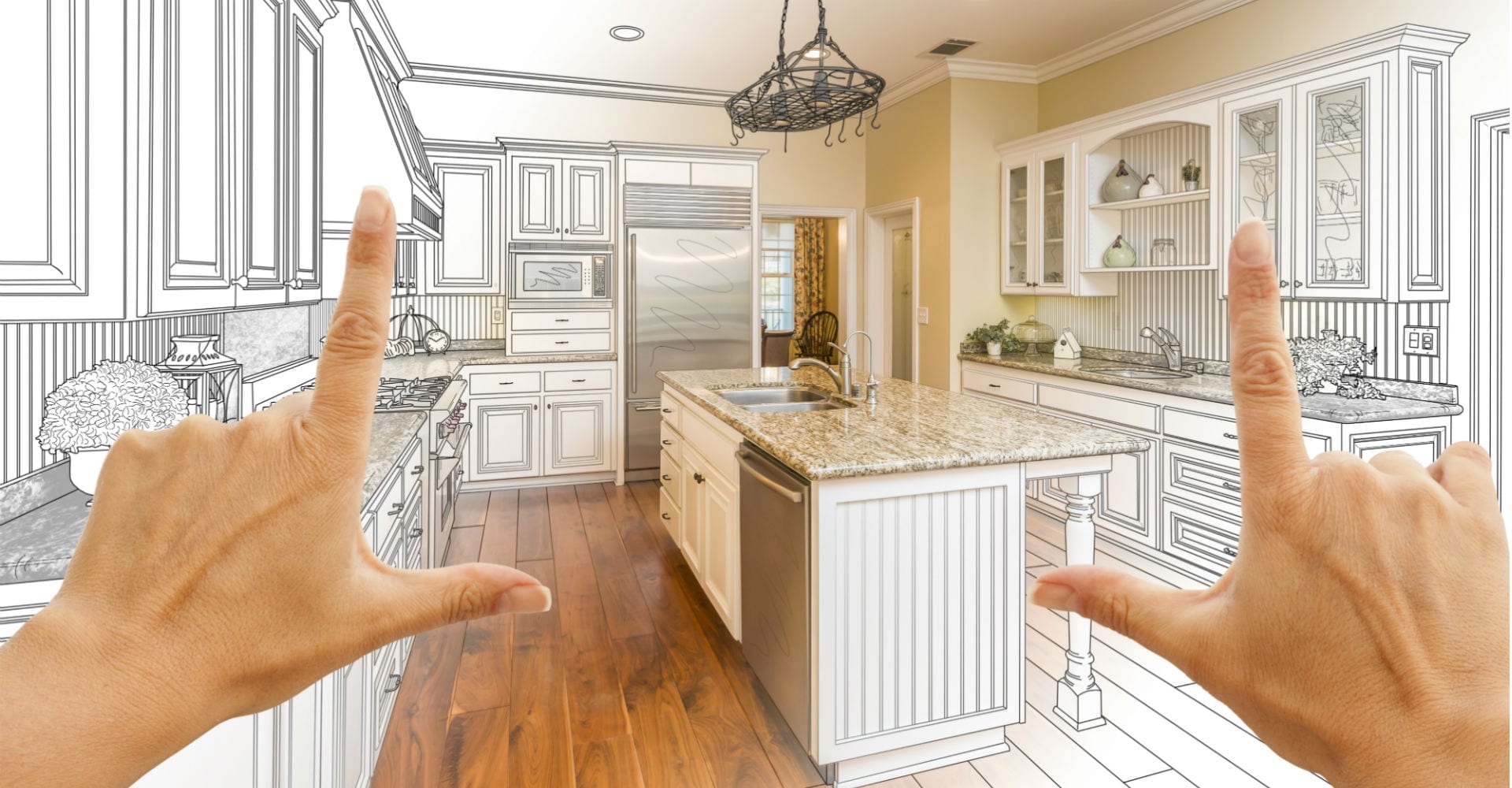
Remodeling your home, in College Station, is a great way to avoid having to buy a new home in the first place.
American homes are poorly built and not made to last. I hate to say that. I don’t mean to be unpatriotic or negative. But it is time that we told the emperor that he is naked. It is important that we speak clearly and directly about this because it is costing homeowners a bundle, it is negatively impacting the environment and it is likely contributing to our declining economy. The good news is that when we understand quality design and quality construction most problems can be easily overcome.
A Bad Equation
The only equation for value that most home buyers have is price per square foot. This is a very simple and eloquent equation. Unfortunately, it is only good if you want to achieve low quality housing. The only two variables in this equation are the price of the house when it is purchased and the size of the house. It returns a result that invariably maximizes size and minimizes quality. Neither of these are results that you are likely to want.
If low price per square foot is the goal, you either have to cut the cost of construction, increase the size of the house for that cost or, most often, both. Crucially missing from this equation is how well a home performs. For example, how much will it cost to operate? It does not make sense to buy a home without considering the total monthly cost to own the home. Yet American home buyers are discouraged from considering the actual cost of owning a home because it is much easier to sell homes by the cost per square foot. Some have likened buying a home by the price per square foot to buying a car by the price per pound. It just does not deliver a very meaningful measure of value.
Using the Right Equation
One very easy way to begin to get a sense of operating cost, if you are buying an existing home, is to look at the previous two years utility bills. Some smart communities require this information as part of their MLS listings. This little bit of readily available information makes a big difference in a community’s building IQ. Once people become aware of how well homes perform, they start making wiser home buying decisions. This in turn puts market pressure on builders to build better homes. This can make homes more cost effective and greener.
As an example the average American home leaks about 20% of its heating and cooling through unnecessarily leaky ducts. If homeowners look at utility bills before they buy, they will become aware of this sort of flaw.
The Cost of Maintenance
Another important factor when considering the cost of ownership is the cost of maintenance. The cost per square foot equation encourages builders to install cheap products. “Builder grade” means guaranteed to last only as long as the warranty. Cheap fixtures, cheap paint, cheap and inefficient mechanical equipment means that, within a couple of years, the average American home is going to start incurring added maintenance costs that could have been avoided.
The Cost of Size
One way that builders have been able to get the cost per square foot down is to build larger homes. In the last 50 years the size of the average American home has more than doubled. While this tends to lower the cost per square foot at the time of purchase, it also increases the cost of owning the home. More space means that more heating and cooling will be required. It also means that there is more to maintain. More painting, more repairs and more house cleaning. A well designed custom home may cost more per square foot, but its real cost over time is likely be less than the cookie cutter home. A custom designed home will also hold its value over time much better. Custom designed homes are a far better investment.
The Cost of NotAging in Place
Larger homes tend to make it harder to age in place. As people age, they are often moved from their home to an expensive care facility because the house they live in is just too much for them to take care of or it has accessibility issues. This increases costs and reduces independence and quality of life. Custom designed homes better serve needs over a longer span of time.
The Cost of Bad Design
Another way that builders reduce the cost of a home is by reducing the cost of design. Most builders will sell an out of the catalog, one size fits all home and stick it on a lot without consideration of orientation, features or the needs of the family. This shortcut is very expensive when it comes to the cost of ownership. Poorly oriented houses cost a good deal more to heat and cool. Homes that fail to notice the surrounding features often miss opportunities to create interesting more desirable homes. And homes that fail to take into account the needs of a family usually incur the expense of additional remodeling. A well designed custom home adds both value and quality of life.
Increased Complexity
The average home has not only grown in size, it has also grown in complexity. Alarm systems, sophisticated mechanical systems, advanced appliances and a vast array of new products make homes more complex than ever. There are over 2,500 items that go into building the average American home. Many of these items have tens of thousands of market options making the home infinitely complex. The home is a living breathing organism made up of these many complex parts. Great advances have been made in building science over the last fifteen years. Codes have become increasingly complex too. Unfortunately, many builders have not done a good job of keeping up with these changes. Builders tend to be more focused on the science of sales than building science. If the home buyer is aware of the cost of ownership, rather than simply the cost per square foot, they will be a wiser consumer and better protect themselves from the pitfalls of bad housing.









